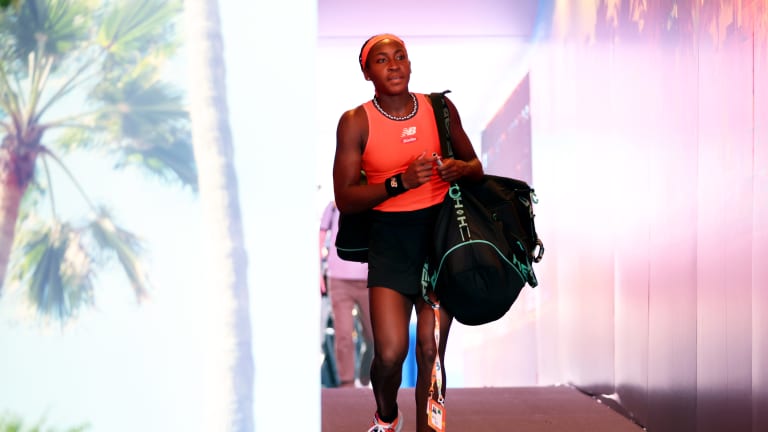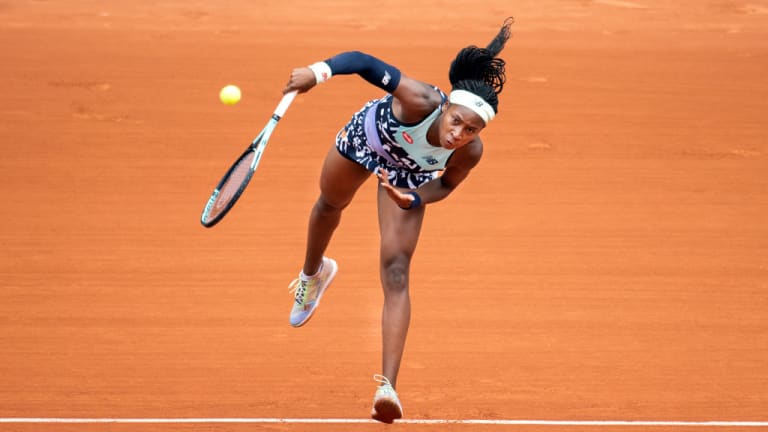Is Coco Gauff at a crossroads?
By Apr 11, 2023WTA Stuttgart, Germany
Aryna Sabalenka survives day of upsets in Stuttgart as Swiatek, Pegula and Gauff all fall
By Apr 19, 2025WTA Stuttgart, Germany
Jelena Ostapenko tops Emma Navarro for Iga Swiatek Stuttgart clash; Coco Gauff, Jessica Pegula roll
By Apr 17, 2025Week In Preview
Aryna Sabalenka takes her first crack at Iga Swiatek's clay-court supremacy in Stuttgart
By Apr 14, 2025The Business of Tennis
Top ATP, WTA players pen letter to Grand Slams seeking greater share of revenue
By Apr 04, 2025The Business of Tennis
Tennis star Coco Gauff launches own management firm
By Apr 03, 2025Sabalenka dominates, Andreeva rises: Six WTA storylines we're watching as April begins
By Apr 01, 2025Miami, USA
'Brave' Magda Linette ousts Coco Gauff, Fils tops Tiafoe on tough Monday in Miami for U.S.
By Mar 25, 2025Social
Quote of the Day: What's on Coco Gauff's tennis wishlist, another major or the No. 1 ranking?
By Mar 23, 2025Miami, USA
Jack Draper, Coco Gauff and Naomi Osaka all in action: Miami, Day 5 Preview
By Mar 22, 2025Is Coco Gauff at a crossroads?
The former prodigy isn’t the next anyone—she’s the first Coco Gauff, working and navigating her way through late adolescence while trying to develop a clear identity as a tennis professional.
Published Apr 11, 2023
Advertising
Advertising

Expectations will always be high for Coco Gauff, who became a household name at 15.
© Getty Images
Advertising
Advertising

“She’ll be a real threat again on clay,” says Rennae Stubbs of the 2022 French Open runner-up.
© Corbis via Getty Images